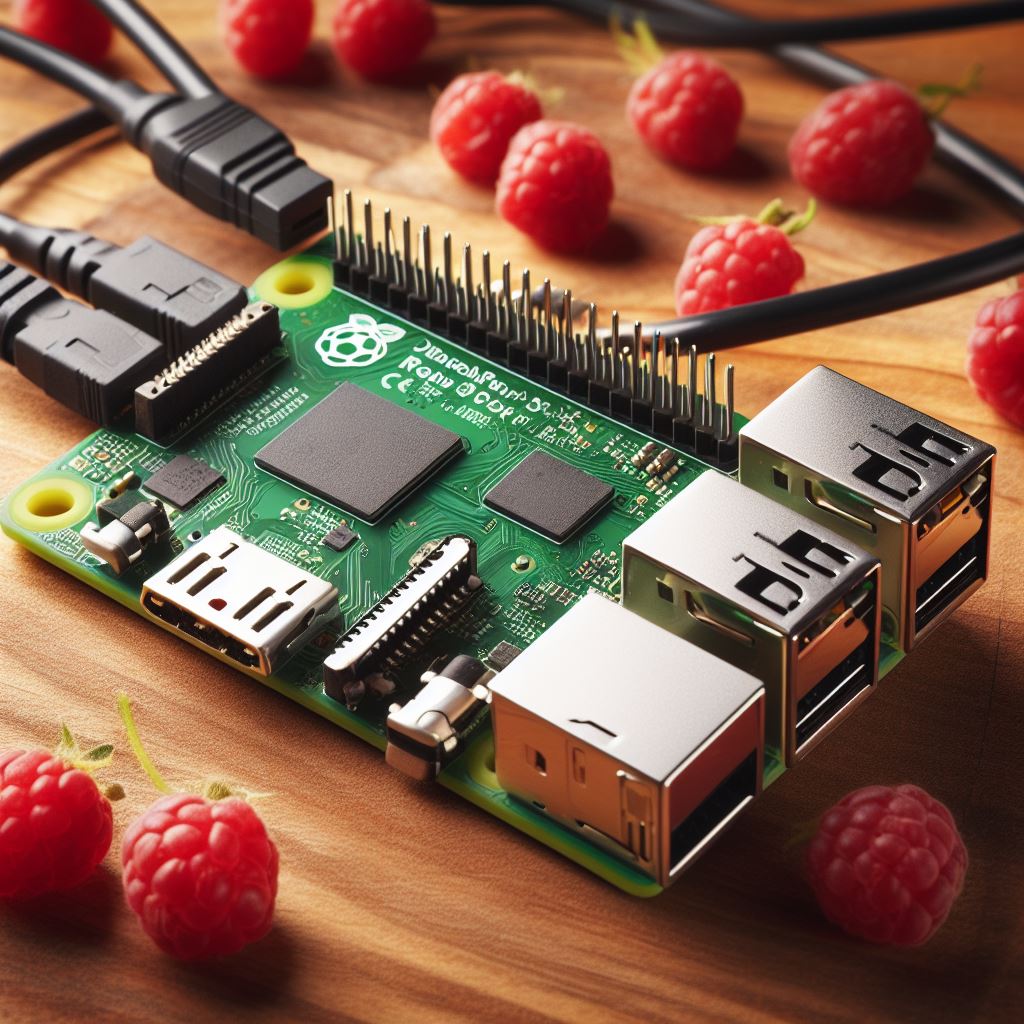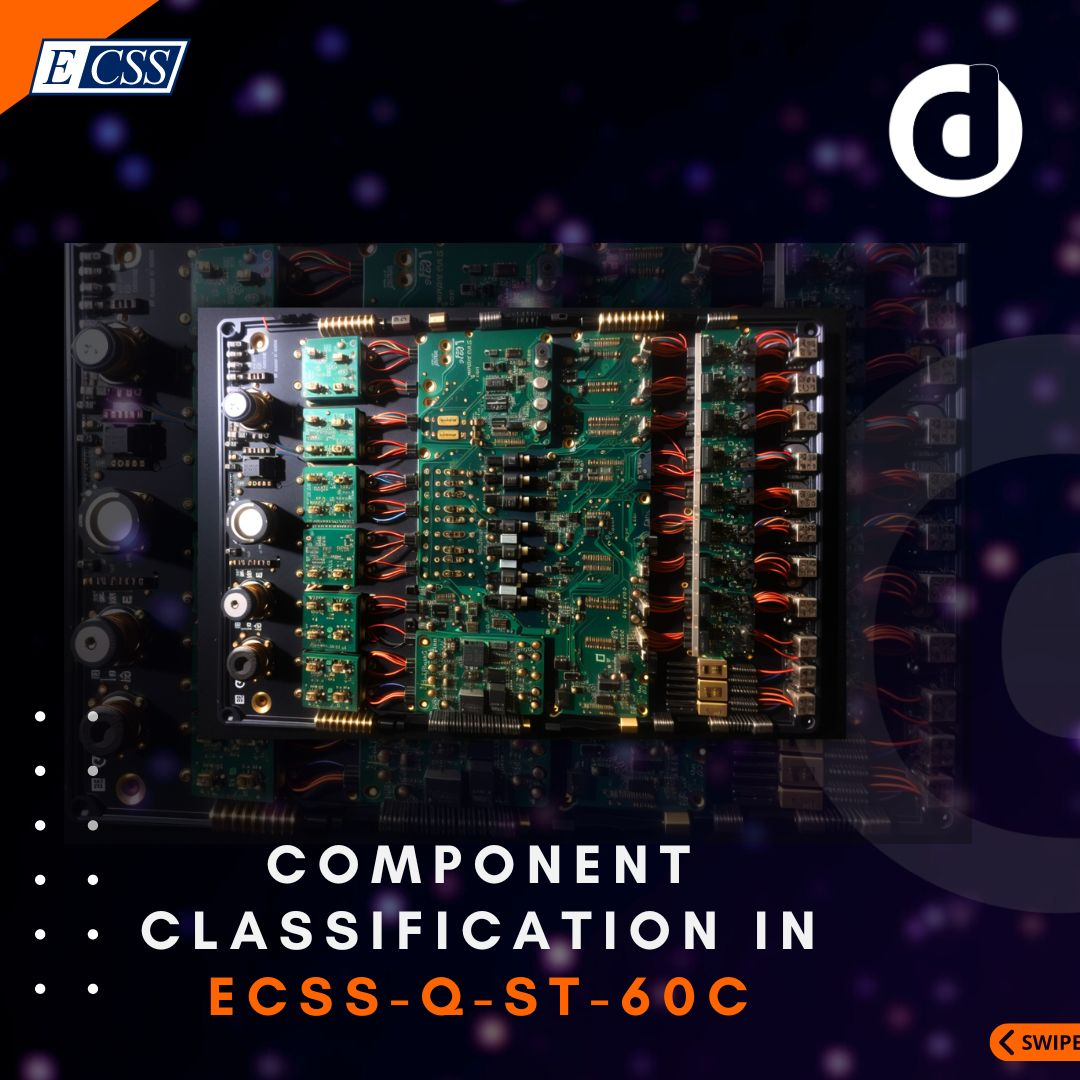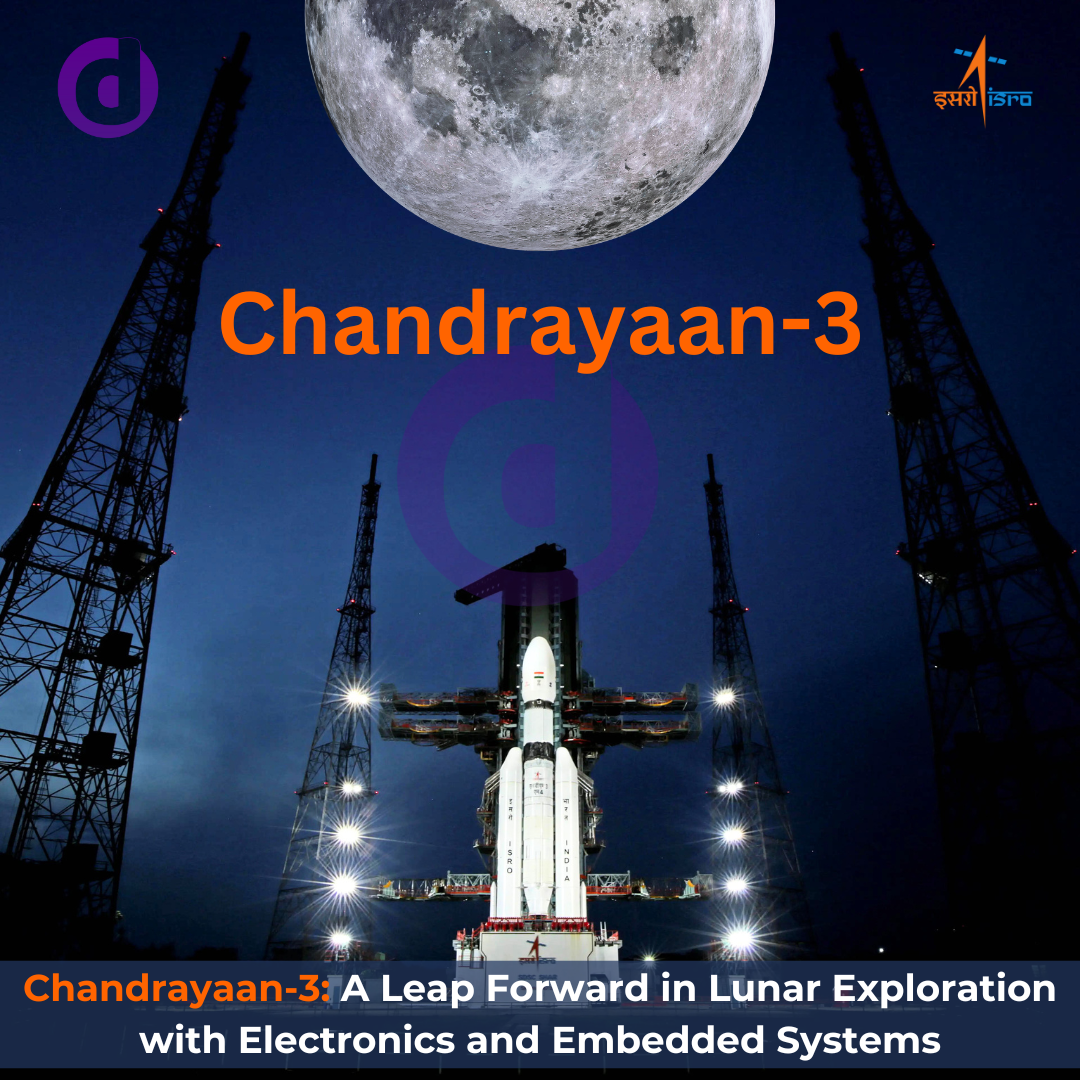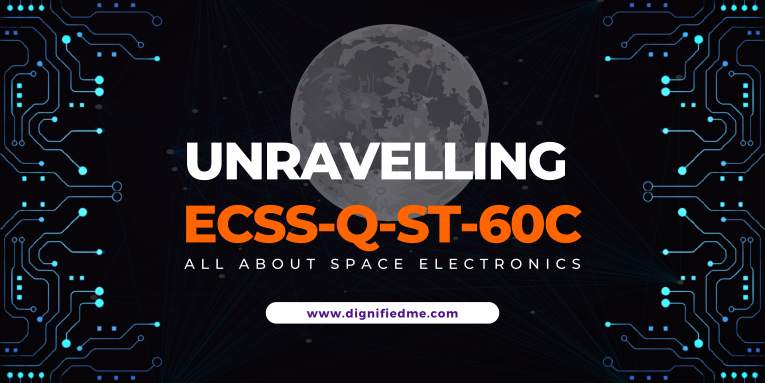-
 by Rahul Shah
by Rahul Shah  Technology
Technology
Unveiling the Future: The Remarkable Raspberry Pi 5
In a world that thirsts for technological advancements, the Raspberry Pi 5 makes a grand entrance, promising a horizon filled with endless possibilities. Its launch is more than just a milestone; it's a leap into a future where barriers to technological innovation are minimized.
The Raspberry Pi 5 is not merely a successor to its predecessor; it's a revolution in microcomputing. The substantial enhancements, from its core processing unit to its graphics capabilities, sets a new standard. The 2.4GHz quad-core 64-bit Arm Cortex-A76 CPU is a powerhouse that stands at the centre of this marvel, propelling computing speed to new heights. This coupled with the VideoCore VII GPU, which supports OpenGL ES 3.1 and Vulkan 1.2, opens doors to high-end graphical applications and real-time 3D rendering.
But what truly sets the Raspberry Pi 5 apart is its potenti...
-
 by Rahul Shah
by Rahul Shah  Technology
Technology
Component Classification in ECSS-Q-ST-60C
Introduction: ECSS-Q-ST-60C Rev. 3 and Its Emphasis on Components
The space industry's very nature demands rigorous standards to ensure safety, reliability, and mission success. ECSS-Q-ST-60C Rev. 3, as formulated by the ECSS Secretariat and associated European space agencies, underscores this by placing a strong emphasis on Electrical, Electronic, and Electromechanical (EEE) components. These components, foundational to space missions, must adhere to stringent classifications. This not only ensures their optimal functionality but also maintains the integrity of the entire system they are a part of. The ECSS-Q-ST-60C Rev. 3 standard is a testament to the collective vision of European space entities, aiming for excellence in space product assurance through methodical component classification.
An In-depth Look at ECSS-Q-ST-60C Rev. 3's Classification System
ECSS-Q-ST-60C Rev. 3's classification system is both intricate an...
-
 by Rahul Shah
by Rahul Shah  Technology
Technology
Chandrayaan-3: A Leap Forward in Lunar Exploration with Electronics and Embedded Systems
Introduction
The Indian Space Research Organisation (ISRO) continues its ambitious journey into space with the upcoming Chandrayaan-3 mission. As ISRO's third lunar exploration mission, Chandrayaan-3 is set to follow the path of its predecessors, Chandrayaan-1 and Chandrayaan-2, with the aim of making new strides in lunar exploration. This mission comes as a testament to ISRO's commitment to overcoming the challenges faced during Chandrayaan-2, which, despite being a valuable mission that provided significant scientific insights, did not achieve a soft landing on the lunar surface. In the Chandrayaan-3 mission, ISRO has taken proactive measures to address the shortcomings of Chandrayaan-2. Most importantly, the mission design includes a propulsion module that will carry the lander and rover from the injection orbit to the 100 km lunar orbit. This revised strategy is expected to enhance the mission's success rate, thereby bringing us closer to the moon than ever before. A k...
-
 by Rahul Shah
by Rahul Shah  Technology
Technology
ECSS-Q-ST-60C: An Essential Guide for Electronics Engineers in Space Technology
Introduction
As we push the boundaries of technology and explore the farthest reaches of space, we recognize the importance of having rigorous standards. These standards ensure the safety, reliability, and success of our space missions. In the world of Electrical, Electronic, and Electromechanical (EEE) components used in space systems, one such critical standard is ECSS-Q-ST-60C, issued by the European Cooperation for Space Standardization (ECSS). This blog aims to offer an easy-to-understand overview of ECSS-Q-ST-60C and its relevance in space technology, including its comparison with other standards and its context within the ambit of ISRO's Chandrayaan-3 mission.
Understanding ECSS-Q-ST-60C: Scope and Applicability
ECSS-Q-ST-60C is a comprehensive standard that outlines the selection, procurement, and use of EEE parts in space systems and missions. It provides guidelines to ensure that EEE components can withstand the extreme conditions...
Category
Recently posted
Unveiling the Future: The Remarkable Raspberry Pi 5
In a world that thirsts for technological advancements, the Raspberry Pi 5 makes a grand entrance, promising a horizon filled with endless possibilities. Its launch is more than just a milestone; it's a leap into a future where barriers to technological innovation are minimized.
The Raspberry Pi 5 is not merely a successor to its predecessor; it's a revolution in micr...
Learn moreComponent Classification in ECSS-Q-ST-60C
Introduction: ECSS-Q-ST-60C Rev. 3 and Its Emphasis on Components
The space industry's very nature demands rigorous standards to ensure safety, reliability, and mission success. ECSS-Q-ST-60C Rev. 3, as formulated by the ECSS Secretariat and associated European space agencies, underscores this by placing a strong emphasis on Electrical, Electronic, and Electromechanical (EEE) components. These components, foundation...
Learn moreChandrayaan-3: A Leap Forward in Lunar Exploration with Electronics and Embedded Systems
Introduction
The Indian Space Research Organisation (ISRO) continues its ambitious journey into space with the upcoming Chandrayaan-3 mission. As ISRO's third lunar exploration mission, Chandrayaan-3 is set to follow the path of its predecessors, Chandrayaan-1 and Chandrayaan-2, with the aim of making new strides in lunar exploration. This mission comes as a testament to ISRO's commitment to overcoming the challenges faced during Cha...
Learn moreECSS-Q-ST-60C: An Essential Guide for Electronics Engineers in Space Technology
Introduction
As we push the boundaries of technology and explore the farthest reaches of space, we recognize the importance of having rigorous standards. These standards ensure the safety, reliability, and success of our space missions. In the world of Electrical, Electronic, and Electromechanical (EEE) components used in space systems, one such critical standard is ECSS-Q-ST-60C, issued by the European Cooperation for Space Standard...
Learn moreUnravelling ECSS-Q-ST-60C: Deep Dive into Electronic Component Classification for Space Missions with a Spotlight on Chandrayaan 3
Introduction
In the unforgiving vastness of space, every detail matters. The intricate ballet of space exploration is predicated on an array of electronic components that must perform consistently under extreme conditions. The need for reliability and robust performance has led to the development of stringent standards to govern the quality of these components. One such standard is the ECSS-Q-ST-60C, which plays a v...
Learn moreGet recognised by writing an article on dignifiedme blog. Send your articles to support@dignifiedme.com. If it complies with dignifiedme standard then you can see your article on this page very soon!
Connect with your next great hire today!
Risk-free hiring made easy
Get Started




